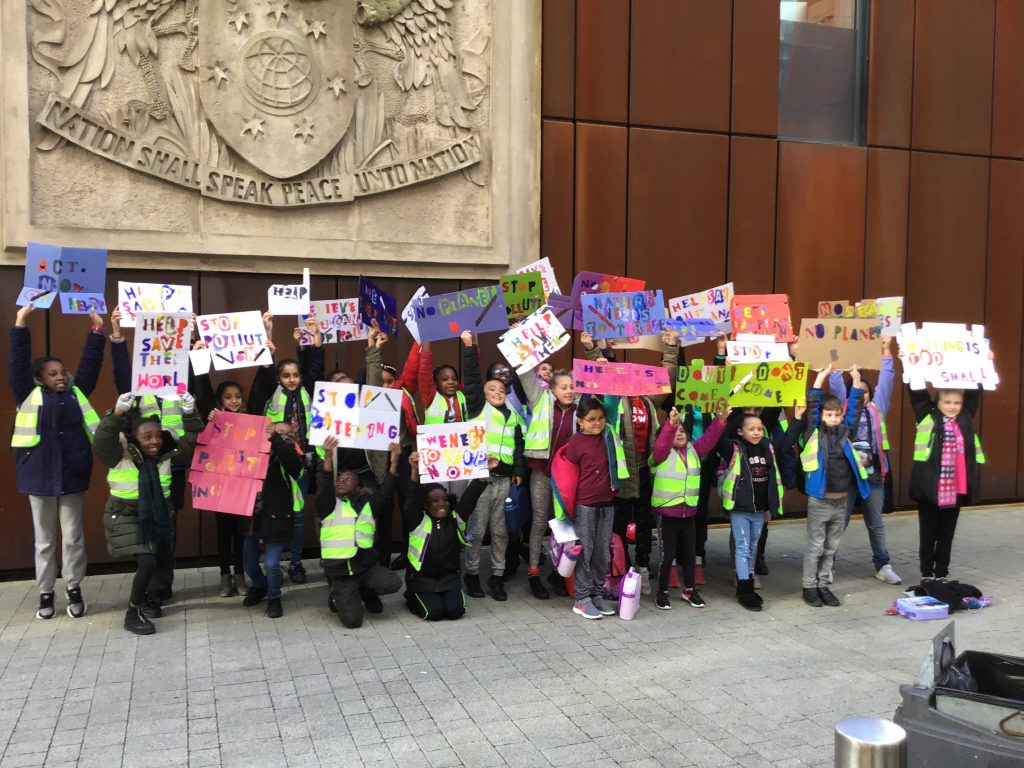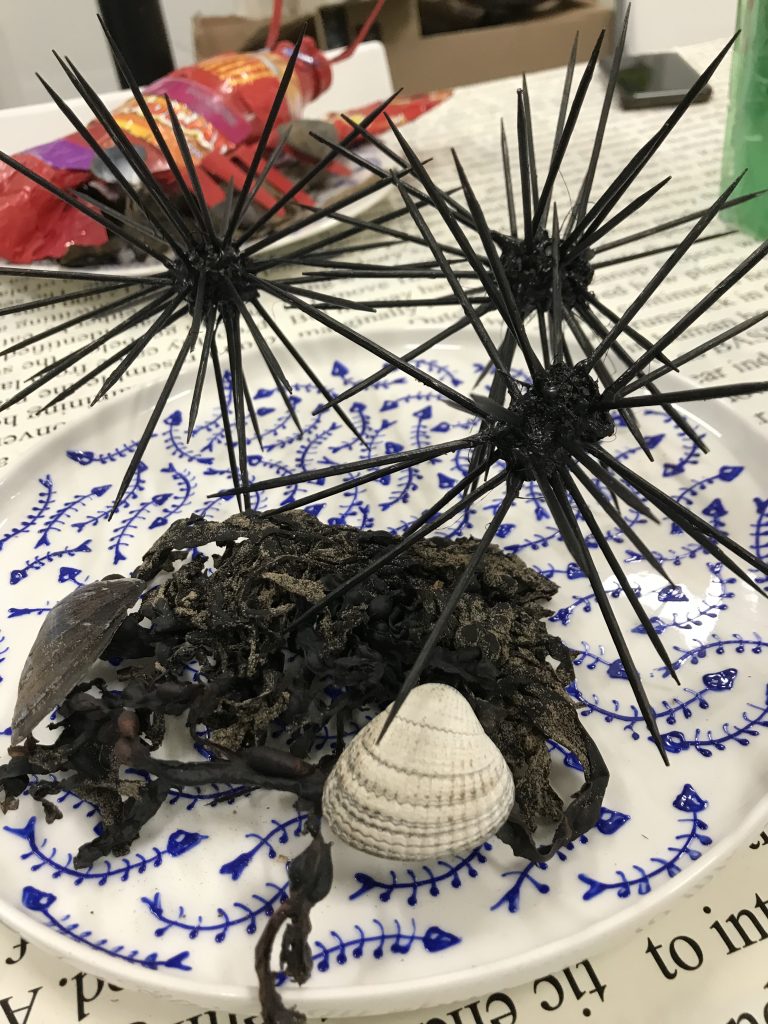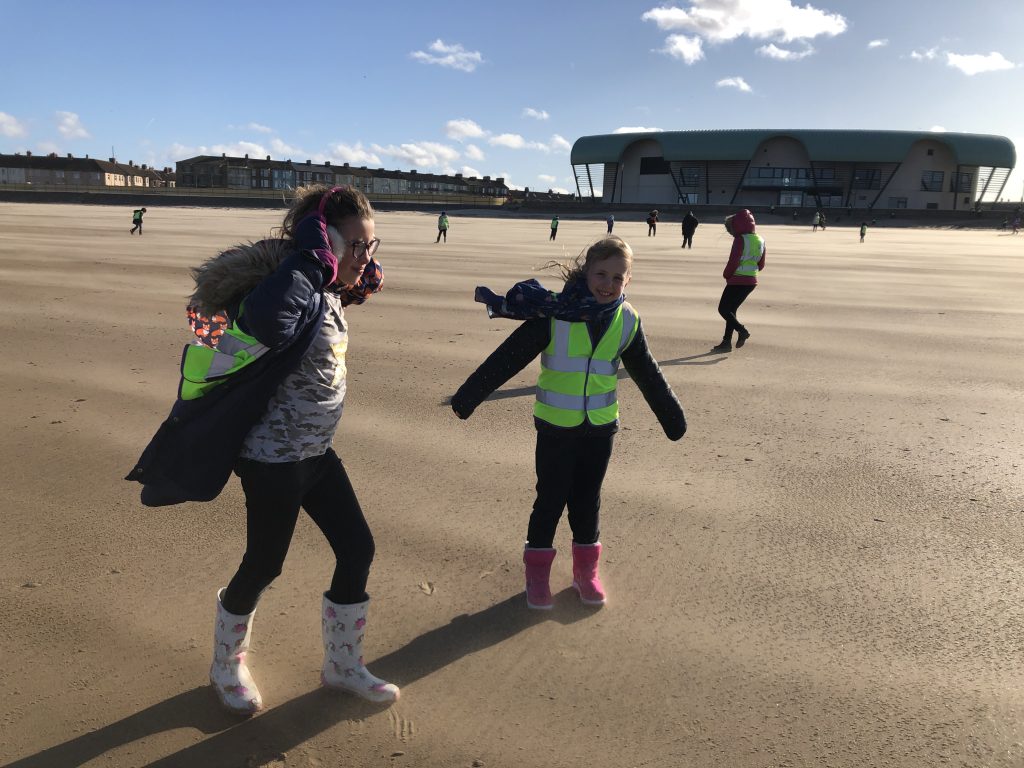This year, aspiration, awareness and action has been part of our ACE Arts journey with Leeds Beckett University design students and SPACE2 as we collaborated on the DIVE DEEP project.
Because of COVID-19 we couldn’t actually make the exhibition launch at Leeds Central Library. A disappointment for everyone involved in this creative partnership-especially our pupils and the students. Thankfully, the students shared some photographs of the exhibition so we at least had a glimpse of how they interpreted the brief.
However, learning together has deepened our knowledge and understanding of how plastic pollution in the sea is impacting marine life.
A highlight for our young people is working with the students in their art studio at Leeds Beckett University. This year, the students planned and implemented a challenging workshop using Photoshop for our thirty Key Stage 2 pupils. In combining sea creatures with plastic pollution such as plastic bags and bottles, the children created digital images with text that clearly raised awareness of the problem. In addition, they made protest banners.
I too was inspired when at Leeds Beckett by the plastic sea-creatures the students had created and would use as platters at the ‘banqueting table’. Year 4HK reaped the benefits and created their own imaginary sea creatures back at school in our very own art studio. We had photographs of ‘what a good one looked like’ and used them as a reference for our own. Some of their animals even made it into the exhibition! Our day with the students in Leeds also took us to Leeds Central Library, where we had the opportunity to browse through books on pollution and oceans as well as see and share in the vision for the empty shell of a room that would house the exhibition.
Our trip to Redcar beach, on a bitterly cold and windy day, was an opportunity for our young people to see the North Sea and collect plastic litter from the beach with the students. Here, our pupils learnt that 88% of our oceans were full of micro plastics. This sobering statistic was committed to memory by using rocks, stones and pebbles on the beach to make the percentages. In addition, soundscapes were recorded, wind turbines counted and freedom on the beach experienced as we were literally blown across it.














